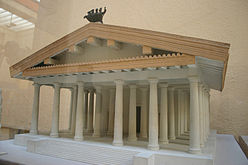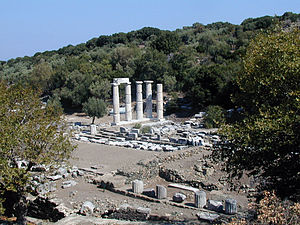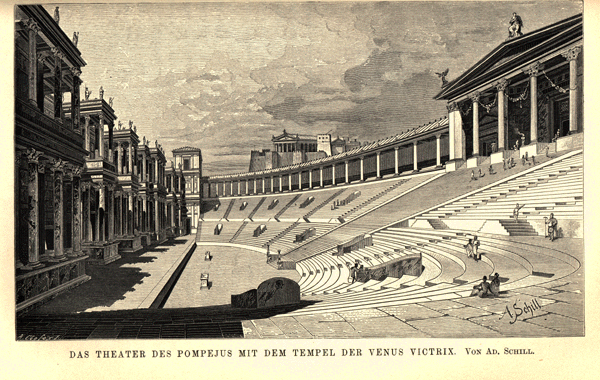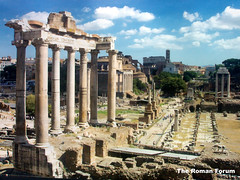
There are many things that can make a person good or bad. People usually categorize someone as a good person or a bad person. Thinking if someone is good or bad is an opinion and people can think different things about a person. It just depends on what you think makes a good or bad person. The definition of good is, “well-behaved: kind, beneficent, or friendly: honorable or worthy; in good standing.” (
http://dictionary.reference.com/browse/good) The definition of bad is,” not good in any manner or degree: having a wicked or evil character; morally reprehensible.” (
http://dictionary.reference.com/browse/bad). There are groups of people in the world, for example Vikings, where people believe that they were bad people but in reality they were not bad their lifestyle was just different.
When people think of Vikings they usually think that they were terrible, vicious people. This is true because they did go at war a lot. They would kill people often and they did vicious things. This could be a reason why people thought that Vikings were bad people. There are also people out there that think Vikings are good people. This is also true because they didn’t just randomly go to war. There was a reason and it was just part of their lifestyle. And they also thought that if they died in battle that they would be honored on the afterlife, which they believed strongly in.
There are many myths about Vikings and these have a huge impact on what people think about Vikings. One myth was that Vikings did nothing but except fighting and pillaging. The Vikings did fight a lot, that is true but that was not there whole life. They peacefully colonized places like Greenland, Iceland, and some other places. (
http://www.vikingrune.com/2009/02/top-ten-myths-about-vikings/ There are also many other myths about Vikings and some are just crazy. One big myth is also that Vikings wore horned hats but that is not true. This affected how people think that Vikings are bad people because it makes them seem scary. These are just like rumors. For example if someone hears about a rumor about a kid they will probably assume that that person is bad even if they don’t know him. The people that do know him might know that he is actually a good person. It just depends on how you look at that person and how you define good and bad.
A lot of information about Vikings were written by British and French clergy, who were victims of the Vikings. Since they were victims they probably said a lot of bad things about the Vikings which also makes us think of Vikings more as bad people. Most of the time Vikings were good people. They lived normal lives where they were farmers, shipbuilders, and traded with other people. (
http://news.nationalgeographic.com/news/2004/02/0217_040217_vikings.html) A lot of people have a misconception of Vikings for these very reasons. Maybe if people researched more about Vikings they would learn more about them and realize they were not always bad people that just had a different lifestyle.
To me the things that make a good person is how they act around other people. They are good if they are nice to people and they don’t get a bad idea of a person right away. They think before they act and they know how to have a good time with people. I think a bad person is someone who can say bad things about people. They don’t know how to enjoy their life. And they just act in a nasty manner around people. This is just my idea of what makes a person good or bad and different people might think different things. It all just depends on how you picture a good or bad person.
sources:










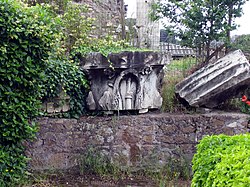
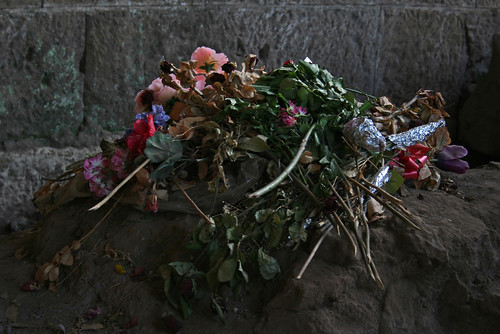

 Lupercal -." Wikipedia, the Free Encyclopedia. Web. 11 Mar. 2010.
Lupercal -." Wikipedia, the Free Encyclopedia. Web. 11 Mar. 2010. 
